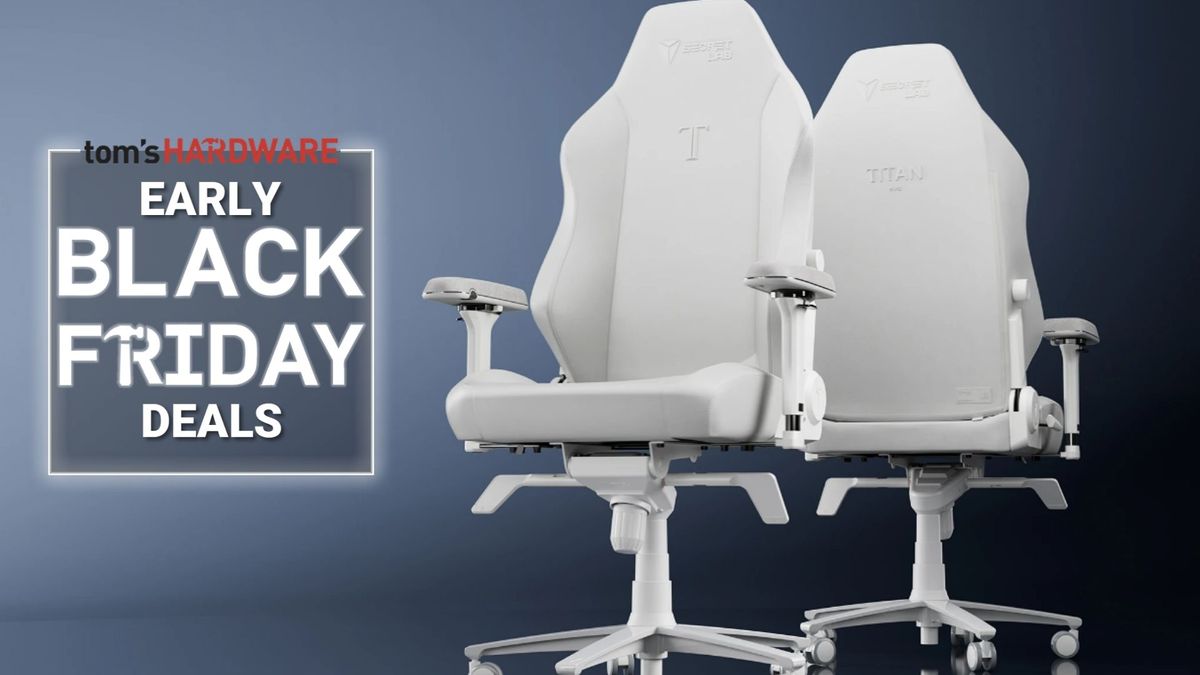As the Xbox 360 turns 20, the first images showing an exclusive edition of the console, which some claim kicked off the HD gaming era, have been shared on social media. Larry Hryb, Xbox GamerTag Major Nelson, and long-time Xbox community figurehead at Microsoft, posted a quartet of photos showing his prized ‘Launch Team 05’ console. However, perhaps sacrilegiously, Hryb admits this custom personalized machine has never ever been powered on. We hope it doesn’t have the Red Ring of Death (RRoD)…
Later this month marks the 20th anniversary of kicking off the HD era with the launch of Xbox 360. Helping build, ship and launch this console was one of the most magical professional moments of my career.Here, for the first time...are photos of my launch console that each team… pic.twitter.com/m6rwXWVmHnNovember 9, 2025
Larry Hryb moved to Unity Technologies in 2023 and currently works as the firm’s Director of Community.
Expect official festivities to mark the 20th anniversary of the Xbox 360 launch on November 22. If we’re lucky, Microsoft will have some classic 360 titles, game bundles, and more in promotions. If we’re very lucky, the firm might even have some ‘anniversary’ hardware prepared for launch to appeal to fans of the 2005 classic design.
HD(MI) era claims on shaky ground
The Xbox 360 was indeed an important console gaming milestone, beyond the HD-era claims of Major Nelson. However, even on this precise point, one could argue that the Sony PlayStation 3 was the HD-era pioneer as its 2006 release was the first major console to come packing HDMI at launch. It wouldn’t be until 2007 that Microsoft added HDMI to the new Xbox 360 Elite edition, and it subsequently trickled down to later revisions. The PS3 also famously included Blu-Ray, a huge advantage it held over Xbox.
While HD-era claims might ring a little hollow, it is hard to deny the importance of other Xbox 360-led movements. It could be credited with pioneering online console gaming as we know it, with the popularisation of Xbox Live and its achievement systems. In a similar always-connected vein, the 360 popularized digital downloads, DLC, and the era of consoles being entertainment hubs (supporting services like Netflix and YouTube).
An architectural escapade
Though it might have been of little interest to gamers at the time, one of the most fascinating things about the Xbox 360 from a technological standpoint was its architecture. The designers went on quite a side quest if you consider the console’s generational timeline.
The original Xbox (2001) was somewhat PC-like, with its Intel Pentium III CPU and an Nvidia GPU as its key performance components. Similarly, the Xbox One (2015) used PC-like components as the thrusters behind its gaming performance. However, the Xbox 360 (2005) was based on a triple-core IBM PowerPC CPU, with ATI GPU graphics acceleration.
Nevertheless, Microsoft ensured it supported some level of original Xbox backwards compatibility, via built-in emulation. The 360’s muscle was a significant step above the original, moving from a single CPU core to triple, with an advanced GPU featuring unified shaders and embedded DRAM. There was a huge jump in system RAM (from 64GB DDR to 512GB GDDR3), too. Its complex, lesser-known architecture would make it a little trickier for devs to cross-develop games and learn how to optimize for the 360. But the same was true of Sony’s PlayStation 3 and its notorious asymmetric Cell processor, a collaborative work between Sony, IBM, and Toshiba.
Kinect-ic energy
Kinect, which debuted in the Xbox 360’s reign (2009), could also have been a killer innovation for Microsoft. At launch, gamers were mesmerized by its possibilities, and a record-breaking eight million units were sold in its first two months.
Sadly, this controller-free gaming experience didn’t live up to its potential. That was partly due to its innovative motion tracking hardware being a little too laggy and inaccurate for gaming in some genres. Compounding Microsoft’s misstep on the hardware side was the limited supporting game library, centered around party games and fitness apps.
By the time of the Xbox One (2013), Microsoft’s efforts to make motion controllers a standard, with the Kinect 2.0 forcibly bundled at launch, weren’t greeted happily by console gamers. The accessory was eventually unbundled to make the Xbox One more competitive with the PS4, and even the dedicated port was removed in later models. By then, the significant damage to Xbox fandom and sales seems to have been done.

Follow Tom's Hardware on Google News, or add us as a preferred source, to get our latest news, analysis, & reviews in your feeds.

 2 hours ago
10
2 hours ago
10









 English (US) ·
English (US) ·